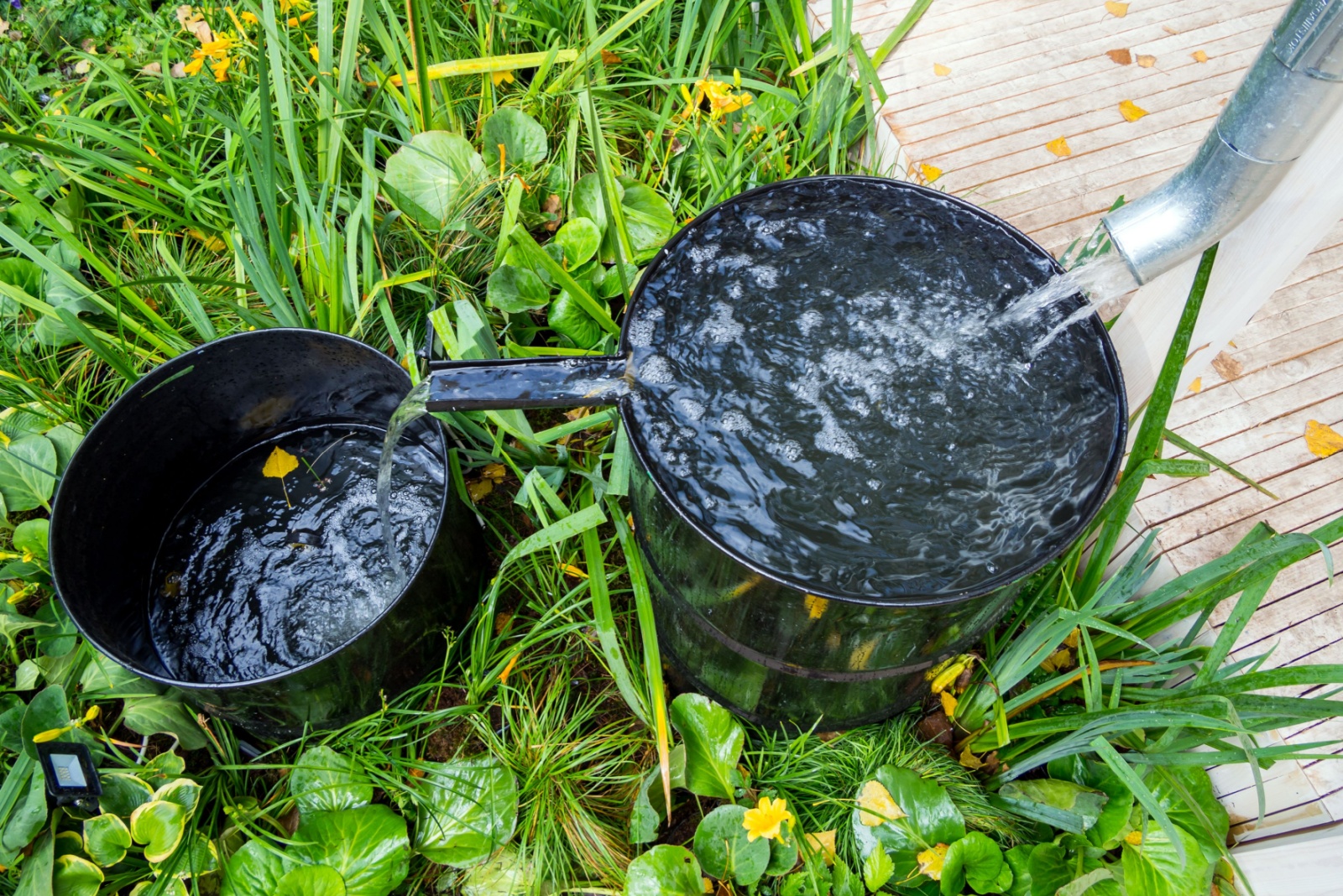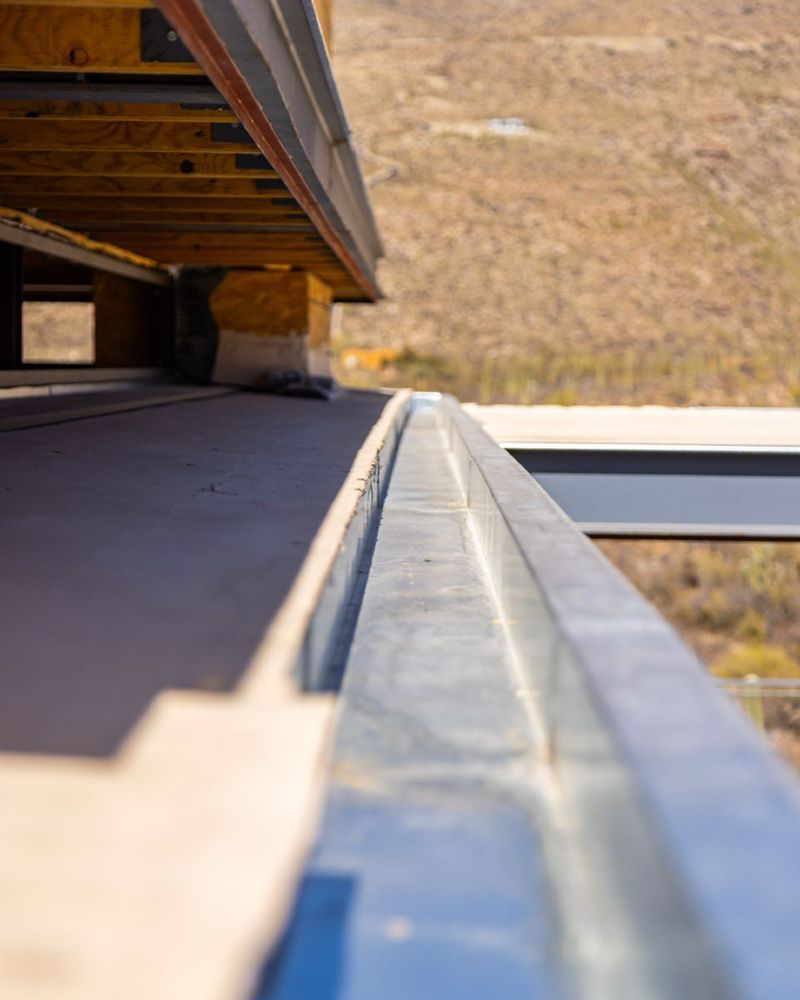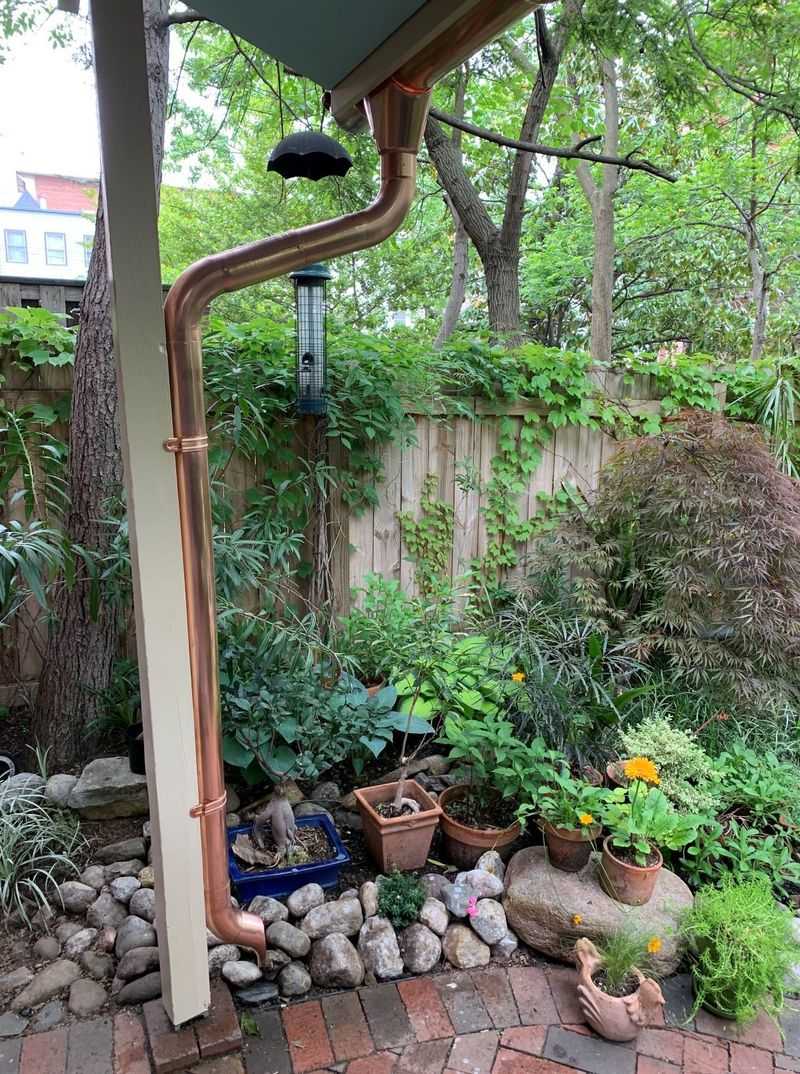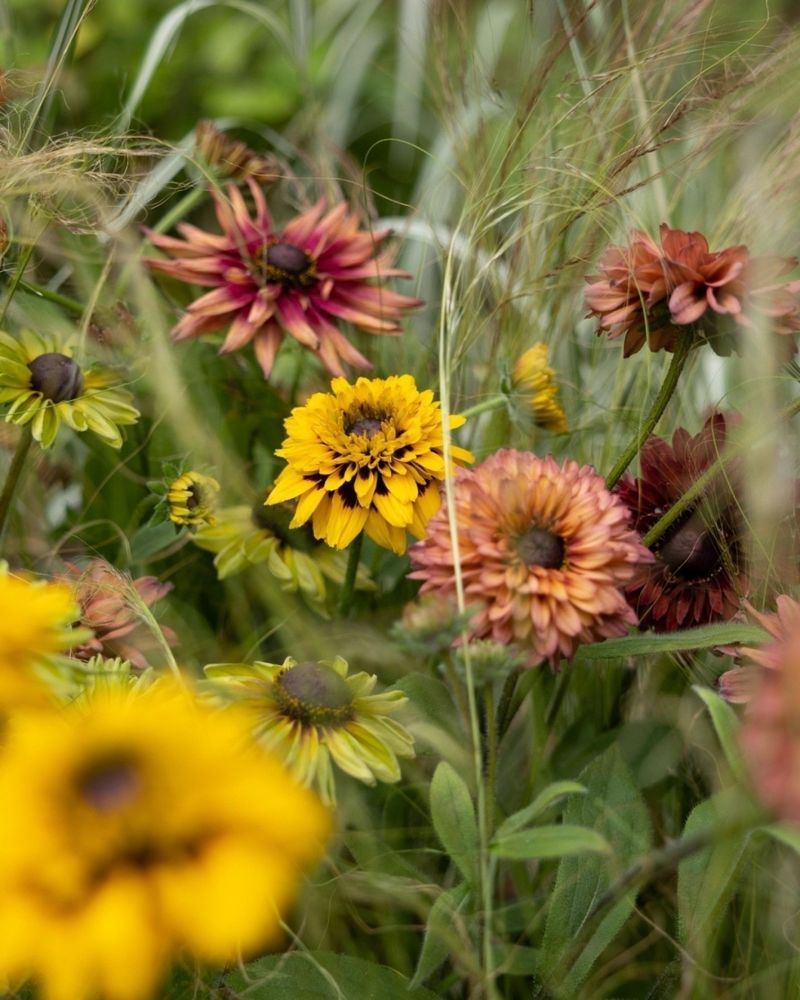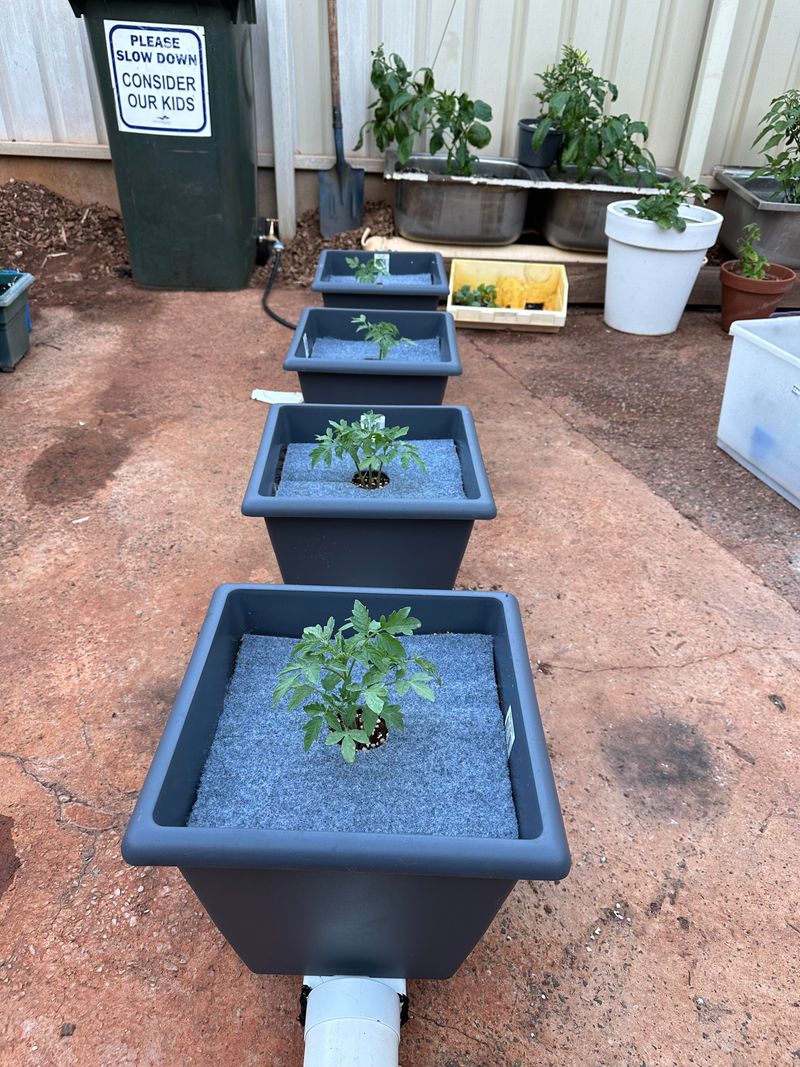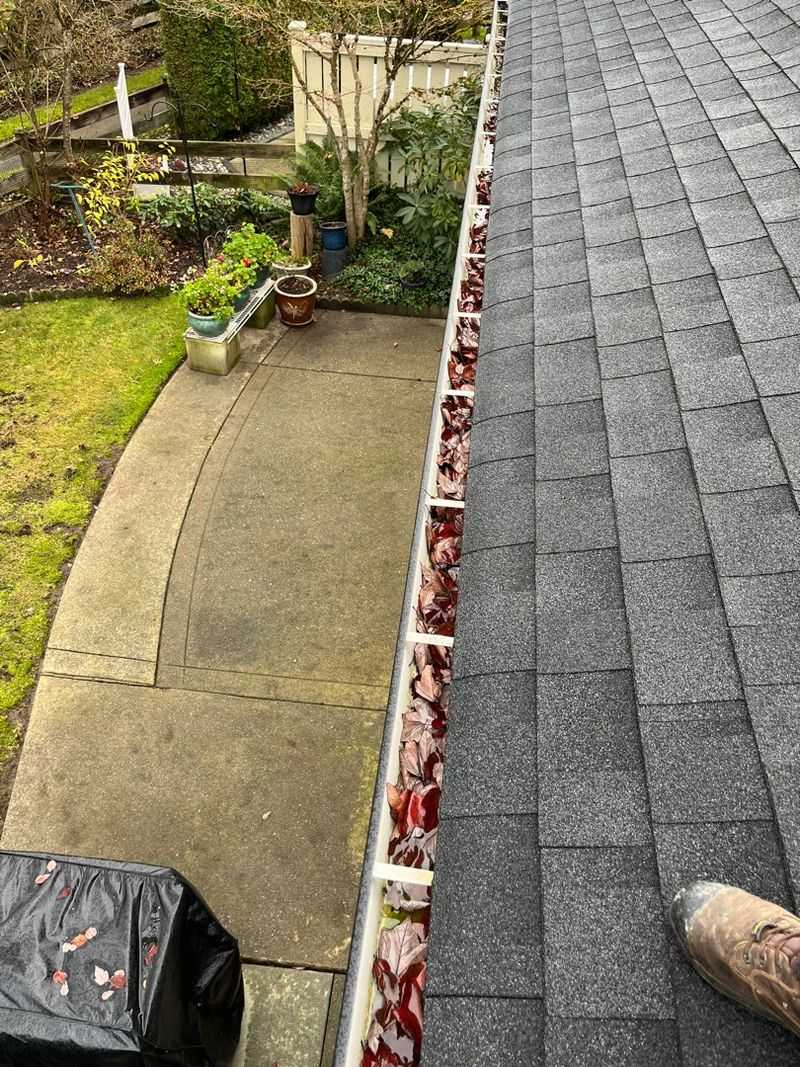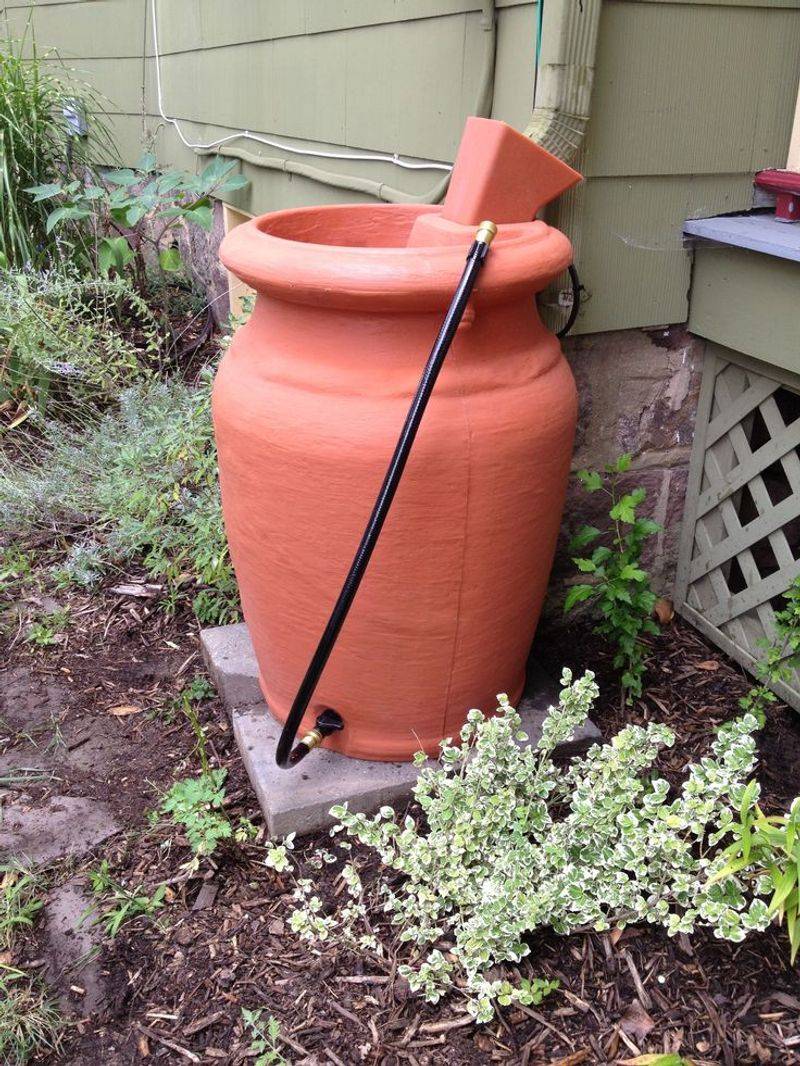Kansas gardeners are discovering a clever way to save water while beautifying their yards. Living gutters capture rainwater from roofs and direct it straight to native plant beds instead of letting it wash away.
This eco-friendly system helps plants thrive during dry spells and reduces water bills too.
1. Drought-Busting Water Conservation
Kansas summers can be brutally hot and dry, leaving gardeners scrambling to keep plants alive. Living gutters capture precious rainfall that would otherwise disappear down storm drains.
During a typical one-inch rainfall, a 1,000-square-foot roof collects about 600 gallons of water! By directing this bounty straight to native plants, gardens stay lush even when water restrictions kick in.
2. Money Stays in Your Pocket
Water bills can skyrocket during summer months when garden hoses run constantly. Living gutter systems slash these costs dramatically by utilizing free rainwater instead. One Kansas family reported saving nearly $200 on summer water bills after installing their system!
Native plants thrive on this natural irrigation, requiring less supplemental watering even during the hottest weeks of July and August.
3. Prairie Plants Thrive Naturally
Kansas native plants evolved in this specific climate and actually prefer rainwater to treated tap water. The natural acidity and lack of chemicals make rainwater ideal for prairie flowers and grasses. Purple coneflowers, black-eyed Susans, and little bluestem grass flourish under living gutter systems.
Their deep root systems efficiently use the periodic drenching, mimicking natural rainfall patterns that shaped our prairie landscape thousands of years ago.
4. Easy Weekend Installation
Unlike complex landscaping projects, living gutter systems can be installed by homeowners in just a weekend. Most setups require only basic tools and materials from local hardware stores. Start with flexible downspout extensions that direct water away from foundations.
Add simple rain chains or decorative channels to guide water flow. Many Kansas gardeners incorporate attractive river rock beds that prevent erosion while distributing water evenly to surrounding plants.
5. Erosion Problems Solved
Conventional gutters often create erosion problems where downspouts empty. Living gutters transform this issue into an advantage by spreading water across planting beds instead of concentrating it in one spot.
The system slows water flow, allowing it to gently seep into soil rather than rushing across the surface. Kansas clay soils particularly benefit from this approach, as slower absorption prevents the hardpan effect that happens when heavy rain hits dry ground.
6. Wildlife-Friendly Garden Features
Living gutters create perfect habitat corridors for local wildlife. Birds, butterflies, and beneficial insects flock to these moisture-rich native plant zones. Monarch butterflies particularly benefit as they can find reliable milkweed patches sustained by consistent moisture.
Many Kansas gardeners report seeing increased songbird activity after installing living gutter systems. The natural water flow creates small microhabitats that support diverse creatures throughout the food chain.
7. Year-Round Visual Appeal
Living gutters transform mundane drainage into beautiful landscape features. Decorative river rock channels, copper rain chains, and ceramic water bowls add artistic elements to gardens. Even in winter, these systems provide visual interest when adorned with frost or light snow.
Kansas gardeners often incorporate ornamental grasses that catch winter light along these water paths. The thoughtful design creates four-season appeal while serving a practical purpose.

